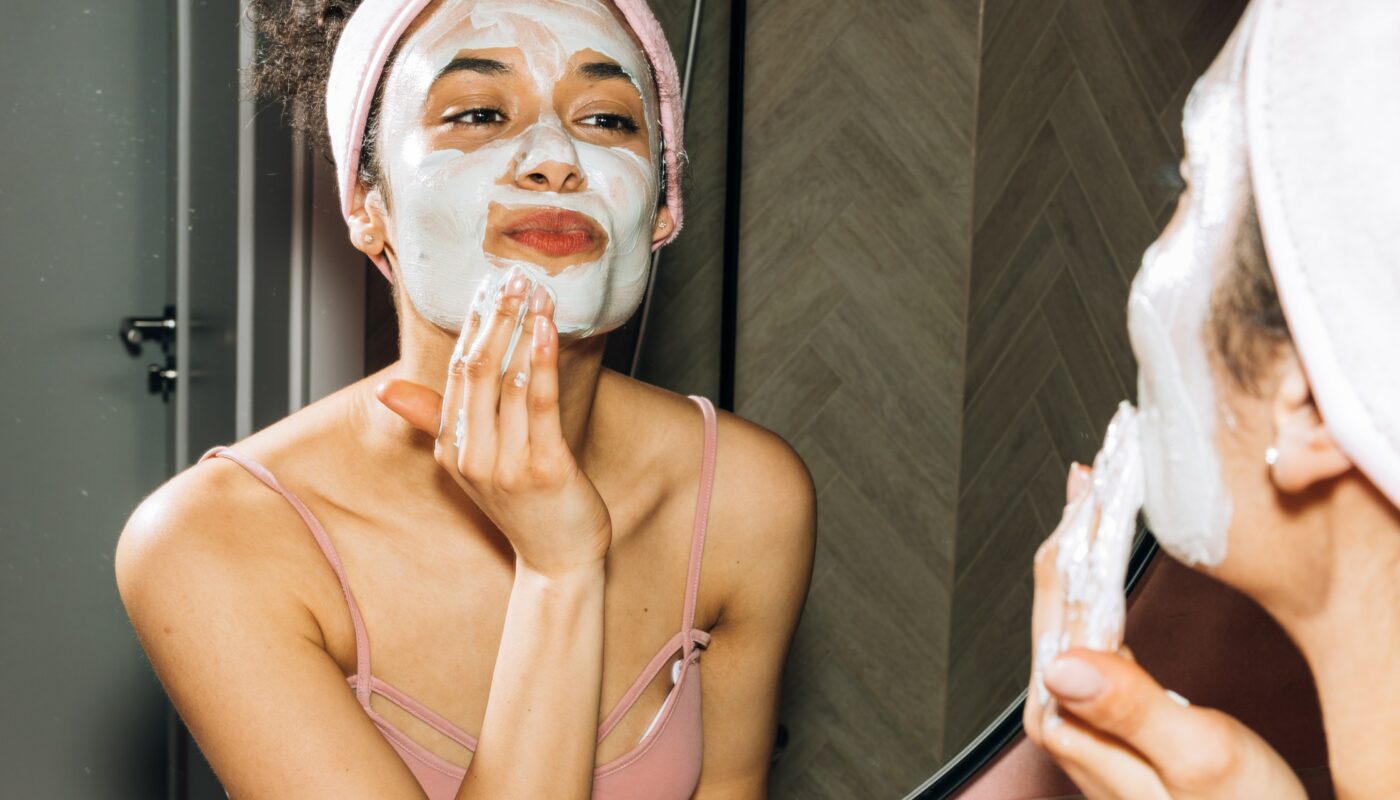Skincare can be a feminine hobby, a vanity project or a clinical consultation. Skincare has many connotations around it but at the end of the day its denotation is “the care of the condition and appearance of the skin” (collinsdictionary.com).
Taking care of skin is a necessary hygienic practice that allows the skin to keep protecting people from harsh environments.
While it seems making a skin routine is about finding expensive products and purchasing numerous items, it can actually be rather simple and affordable. When curating a skincare routine, finding products that protect the skin and work well for the user is the most important matter.
There are three layers that make up skin: the epidermis, dermis and hypodermis.
The epidermis is the protective top barrier that keeps bacteria from entering the body. It makes new skin cells that replace about 40,000 old skin cells everyday and contains our melanin.
The dermis, the middle layer of skin, makes up 90% of skin’s thickness by collagen (a protein that makes skin cells strong and resilient) and elastin (that keeps the elasticity of skin). These make oils to lubricate the skin and prevent dryness.
The hypodermis, the bottom layer, is the fatty layer that cushions muscles and bones in any injuries.
The skin is the largest bodily organ and works hard to protect us, so we can keep it in good condition to prolong its health. What we can easily do topically will be on the epidermis.
With each skin barrier comes a spectrum of different skin types and concerns. Skin types are what your skin either naturally over-produces or under-produces. These include extremely dry, dry and dehydrated, normal, combination skin or oily.
Sensitive skin can be included in any of the skin types. One can have sensitive skin through genetics or by previous skin damage like a bad reaction to incompatible products or skin conditions such as eczema, rosacea or dermatitis.
There are also seasonal changes that can occur in the skin. For example, skin can be oily in the summer and dry in the winter. Adjustments must be made depending on these skin changes.
Skin concerns are multifaceted experiences such as acne, dullness and fine lines. It is possible to target a skin concern while still focusing on skin type.
The first signs of skin care practices date all the way back to the Ancient Egyptians and Greeks. The Egyptians preserved their youth with oils like castor, sesame and moringa, while the Greeks used berries, milk, olive oils and yogurt. Skincare practices have since evolved.
Many cultures make their own face masks with specific ingredients at home like turmeric, rice and greek yogurt. Scientists have taken influence from ancient Egyptians and Greeks and have enhanced the ingredients for modern use.
The foundation of any skincare routine is built on three products: cleanser, moisturizer and sunscreen.
A cleanser is used to wash away “impurities” like dirt, germs and excess oils. Faces are a delicate part of the skin, so they pick up many impurities due to the constant exposure. Facial cleansing is important, especially for people with acne-prone skin, clogged pores and premature aging.
Following cleansing, using moisturizer is an important next step to replenish the skin’s moisture. Moisturizer acts as a humectant (attracts water to hydrate skin), emollient (lipids that hydrate and smooth skin) and occlusive (hydrophobic layer that keeps moisture trapped for longer).
Affordability is not a barrier to clean skin. Affordable dermatologist-approved brands include CeraVe, Vanicream, Cetaphil and Good Molecules. These are all easily accessible at a local drug store.
Korean skincare products can be better than American products for their affordability, results and ingredients. Korean skincare uses a gentle, nurturing and preventative approach,whereas American products are more focused on fighting active problems. Fighting active problems sounds appealing, yet it doesn’t address the root of the problem. This allows active problems to regenerate.
Staple Korean brands include COSRX, Illiyoon, Anua and Mediheal, which are available through YesStyle, Stylevana and brand official Amazon storefronts.
Even though a skincare routine focuses on taking care of skin, it can also help with mental health by providing relaxation, something to look forward to at the end of the day, stability and comfort.
Everyone should have a skincare routine that makes their skin and themselves feel amazing.


